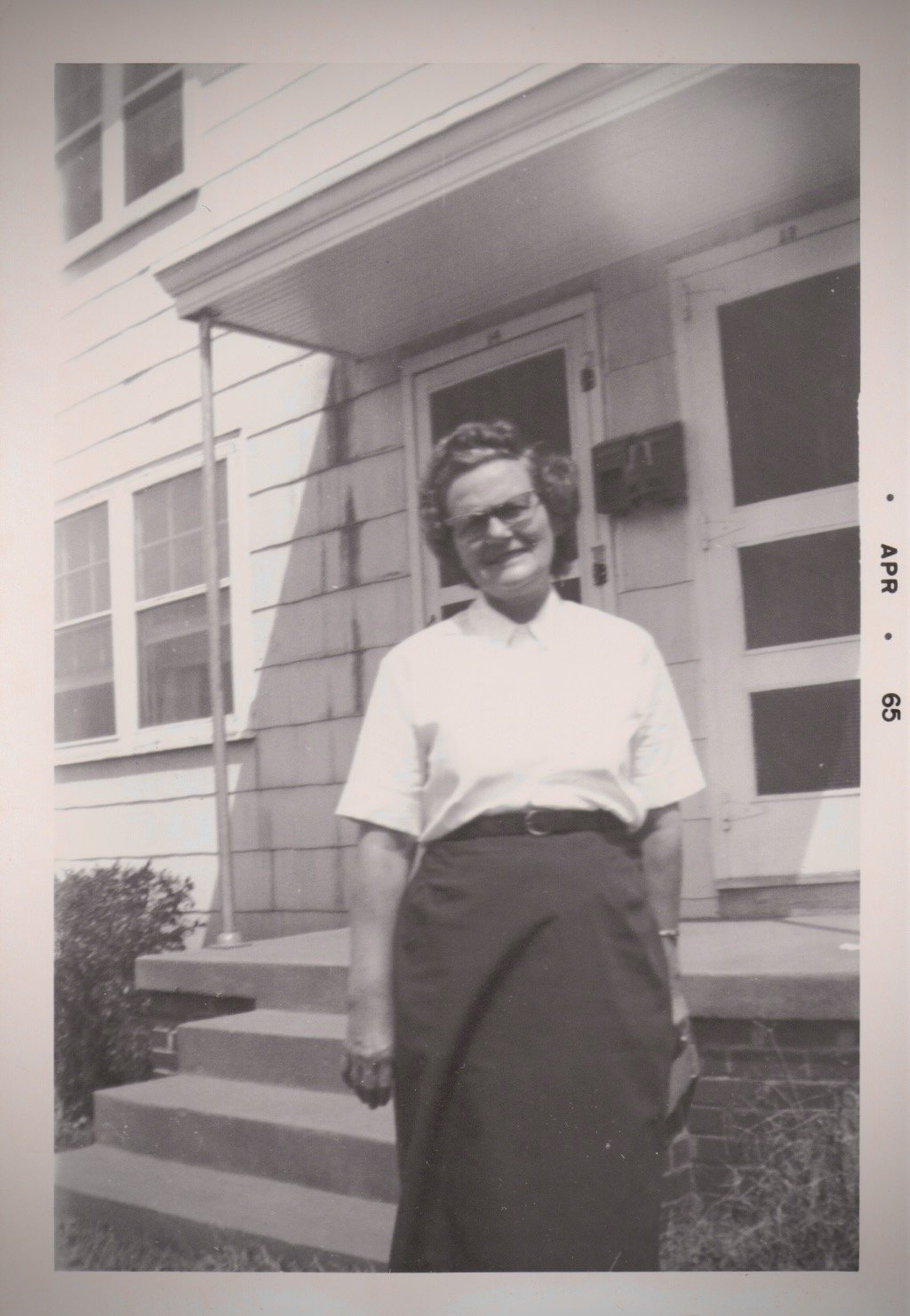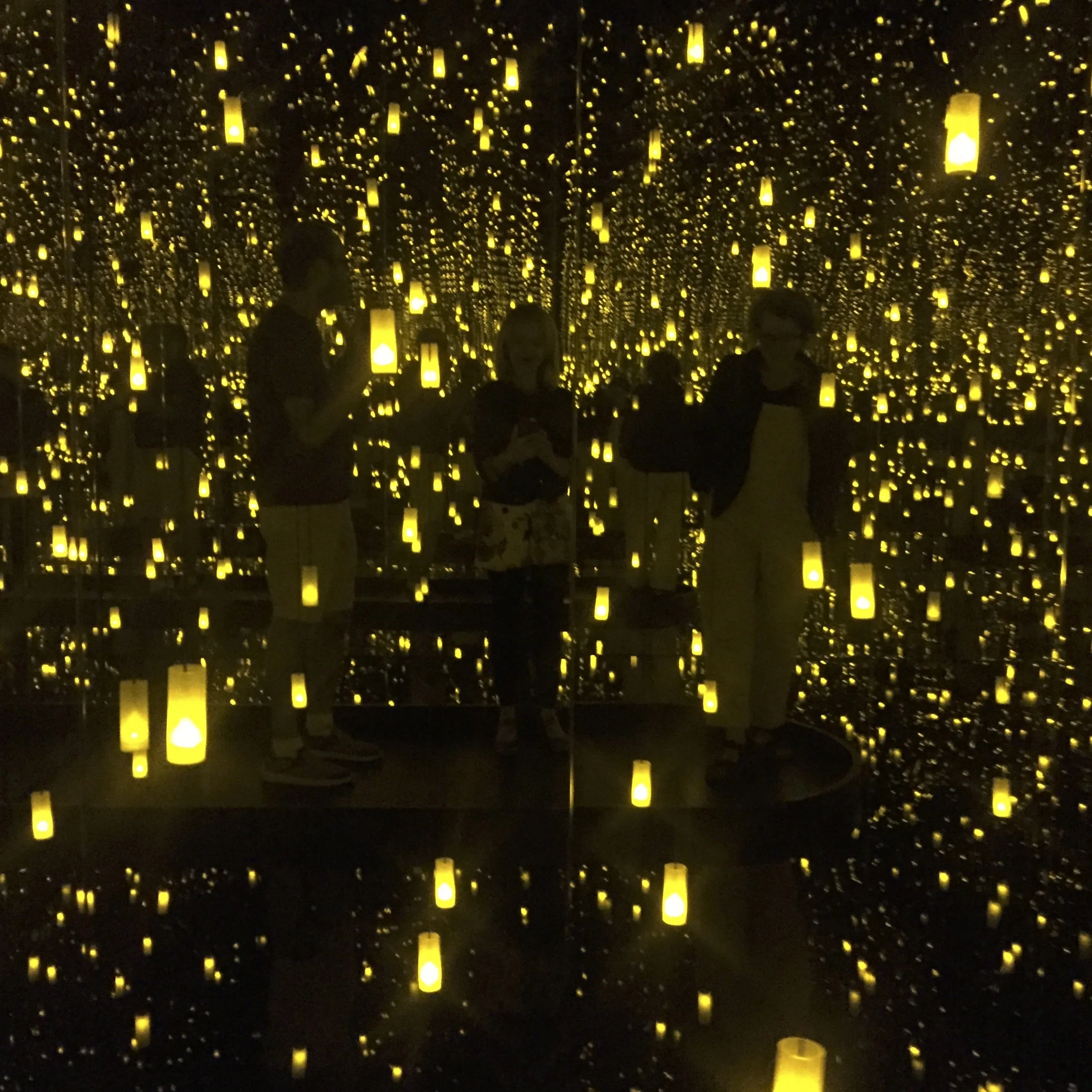Drinking from a Saucer
What my grandmother’s morning ritual taught me about life and love
Photo by VD Photography on Unsplash
I can still see her hands—weathered but steady, strong in the way that hands become when they’ve spent a lifetime making something out of nothing. Those hands folded laundry with the same care as they held a child’s cheek. They could snap green beans or fix a loose button without thinking. And every morning, they poured coffee.
That’s where this story begins: at the kitchen table, a place where she and I sat together, where she passed down something I didn’t know was an inheritance. I was four years old, a gangly little thing with knobby knees and a restless energy that had me trailing her like a shadow. My baby sister had just been born, which meant the house was suddenly full of the sounds of new life—tiny cries, whispered reassurances, the hush of my mother moving from room to room. My older brother, already independent, had the freedom to disappear into his own world. But me? I stuck close to Grandma Ruth.
She didn’t seem to mind.
That morning, like so many others, she poured herself a cup of coffee. Dark, steaming, rich. I was given my own cup—mostly milk, a splash of coffee, plenty of sugar. I felt like a grown-up, though I was barely big enough for the chair. She slid a saucer in front of me, a plain white one with a yellow butterfly pattern circling the edge.
“Now watch,” she said, tilting her cup and letting a little coffee spill into the saucer. It spread out, steam lifting into the air, swirling in the sunlight that cut through the kitchen window.
She waited a moment, then lifted the saucer to her lips, blew gently, and took a sip.
“Saucer and blow,” she said, smiling. “Cools it right down.”
I was mesmerized. Every rule I knew about cups and bowls had just been shattered. I had spent four years being told what things are—cups are for drinking, saucers are for holding cups, bowls are for food—but here was Grandma, breaking the rules in the quietest, most matter-of-fact way. And not just breaking them, but making it feel like a ritual. A secret passed down.
I copied her exactly—tipping my cup, letting the liquid slip into the saucer (spilling a little), watching it settle. The surface trembled when I blew across it. I lifted the saucer in both hands, carefully, the way she did, and took a sip.
It tasted sweeter that way.
Grandma Ruth outside her home in Fort Smith, Arkansas, when she was about the age I am now.
She told me then that this was how her people, our people, drank their coffee. It came from the South, from the coal miners and the field workers, from those who couldn’t afford fancy china but knew how to make a cup of coffee just right. My grandfather—her husband, who had died when my father was just eighteen—had done it this way. His father before him. It wasn’t just about cooling the coffee; it was about knowing how to take something too hot, too strong, and make it just right.
I didn’t understand the full weight of that lesson at the time. I just knew that I had been given permission to drink from a bowl, and that was enough to blow my four-year-old mind.
It was years before I understood what she was really teaching me. That things—objects, people, moments—are never just one thing. That a cup isn’t always a cup, and a saucer isn’t just there to catch spills. That sometimes, the way things have always been done isn’t the only way they can be done.
And that love, the kind that sticks with you, isn’t always loud or dramatic. Sometimes, it’s a quiet morning, a cup of coffee, and the steady hands of a grandmother showing you how to make something just right.
Even now, when my coffee is too hot, I think about tipping a little into a saucer. Just to see what happens.




